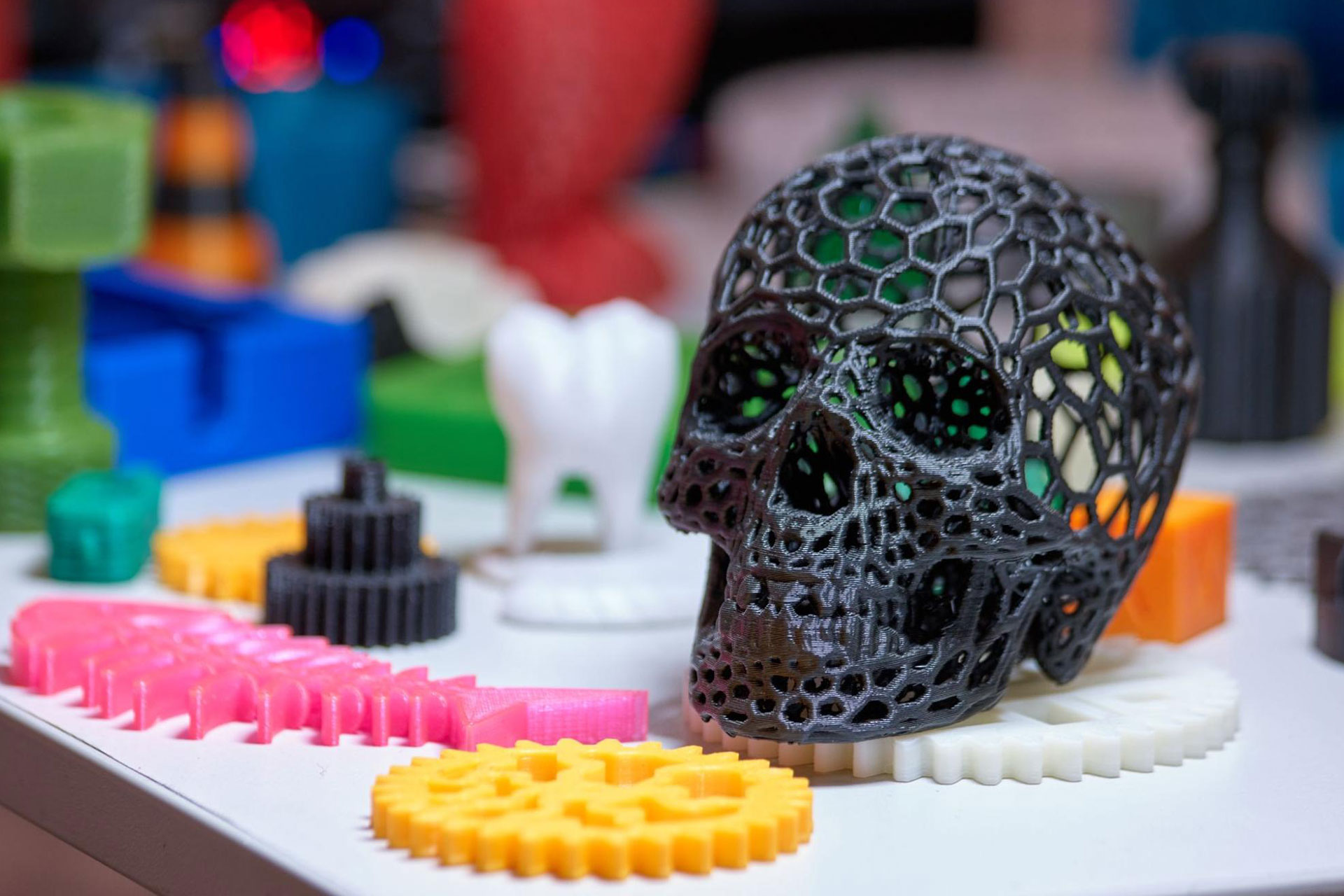3D Printing in the Arts: How Creatives are Using Technology to Enhance Their Work

The fusion of technology and creativity is shaping the future of the art world, and one of the most exciting innovations is 3D printing. Artists across various industries are using 3D printing to push the boundaries of their work, creating pieces that were previously impossible or incredibly difficult to achieve by traditional means. From sculptures to functional art, this cutting-edge technology is revolutionizing the way artists approach their craft.
Here’s a closer look at how 3D printing in the arts is changing the game for creative professionals.
On This Page
- Changing Traditional Sculpture Methods
- New Materials for Sculpture
- Achieving Fine Detail
- Custom and Personalized Sculptures
- Faster Production Time
- Creating Larger-Scale Sculptures
- Digital Sculpture Without Traditional Tools
- Combining Traditional Sculpture with 3D Printing
- Creating Interactive Art with 3D Printing
- Drawing Inspiration from Nature with 3D Printing
Changing Traditional Sculpture Methods
Traditional sculpture can be slow and limited, but 3D printing allows artists to create detailed sculptures faster and with more complexity. It enables shapes and designs that were once impossible with hand tools, giving artists more freedom to experiment.
New Materials for Sculpture
With 3D printing, artists can work with a variety of materials like flexible filaments, metals, and recycled plastics. These materials make it possible to create interactive sculptures that can change shape or react to their environment. Unlike traditional materials, 3D printing opens the door for more creative experimentation, allowing artists to explore modern styles and push artistic boundaries.
Achieving Fine Detail
3D printing lets artists achieve precise details that are hard to create by hand. Tiny textures and intricate patterns can now be printed, allowing for fine craftsmanship with greater ease and speed.
Custom and Personalized Sculptures
Artists can easily customize sculptures to meet the needs of clients. 3D printing makes it simple to adjust the size, shape, and details of a sculpture, enabling artists to create unique, personalized pieces.
Faster Production Time
Traditionally, creating sculptures could take months, but 3D printing has drastically reduced production times. Artists can now design and print their creations in just days. For those without their own equipment, spaces like a Fab Lab in the Philippines provide access to 3D printers and other advanced tools. These labs offer a collaborative environment where artists can experiment, refine their ideas, and produce their work efficiently, opening new opportunities for creativity and innovation.
Related: What is a Fab Lab? A Beginner’s Guide to Digital Fabrication Spaces
Creating Larger-Scale Sculptures
With large-format 3D printers, artists can now create massive sculptures more easily. This is especially helpful for public art projects, allowing artists to scale up their work without the traditional constraints of size.
Digital Sculpture Without Traditional Tools
Digital modeling gives artists a new way to create sculptures, allowing them to adjust and perfect designs before 3D printing. This approach bypasses the limits of traditional materials, offering more flexibility and precision in the creative process.
Combining Traditional Sculpture with 3D Printing
Some artists blend 3D printing with traditional techniques. They print a base structure and then finish the details by hand, combining the precision of technology with the warmth of manual craftsmanship.
Creating Interactive Art with 3D Printing
3D printing allows artists to create interactive sculptures that respond to touch, sound, or light. This adds a new level of engagement and makes the artwork more dynamic and immersive for the audience.
Drawing Inspiration from Nature with 3D Printing
Using 3D printing, artists can precisely replicate intricate natural forms, such as coral or leaf patterns. This allows them to create sculptures that celebrate the complexity and beauty of nature.
With its ability to turn digital designs into physical objects, it opens up endless possibilities for sculpture, functional art, animation, and even art preservation. As more artists embrace 3D printing technology, we can expect to see even more groundbreaking and imaginative work that blends the best of tradition with the exciting potential of the digital age.
Looking for quality 3D printing in the Philippines? Contact us today to learn more about our products!


